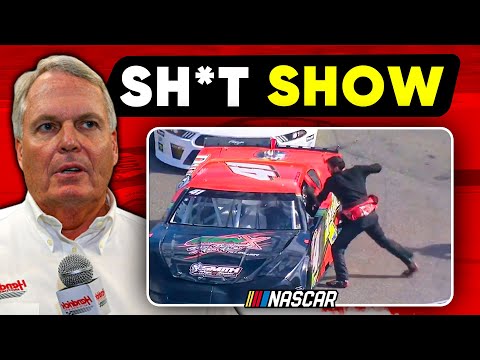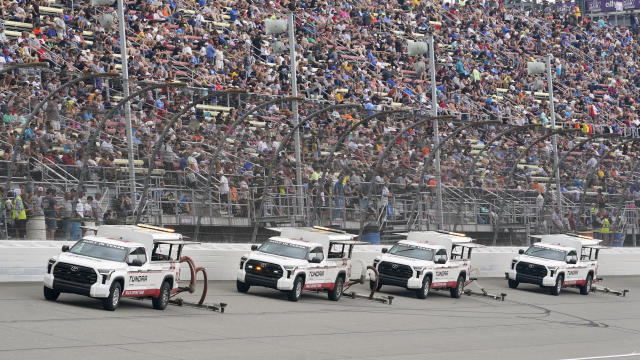Denny Hamlin Advocates for Earlier NASCAR Race Start Times Amidst Weather Challenges
NASCAR driver Denny Hamlin has stirred conversation about race scheduling, suggesting that an earlier start time could have averted recent weather-related disruptions. On his Actions Detrimental podcast, Hamlin criticized the decision to keep the scheduled start time for the NASCAR Cup Series race at Michigan, given the impending weather threat.
Hamlin argued that advancing the race by an hour could have made a significant difference. “The advantage that it would have given is it would have given us more time on the front end,” Hamlin explained. “Let’s say we had an extra hour of racing before the weather hit. That hour would equate to approximately 50 laps. If we started earlier and went green immediately, we could complete Stage 1 before the first sprinkle occurred.”
The driver detailed how this adjustment could have influenced the race’s outcome. “After the initial sprinkle, we could have completed another 50 laps. At that point, we would be halfway through the race. If we faced another shower at 5:30 p.m., we would have had time to dry the track and still finish the race by the scheduled end time of 8:20 p.m. If the rain had stopped as expected, we would have been able to run the full race distance, reducing the total laps remaining to just 100 instead of 150.”
Hamlin’s comments come amid broader discussions about NASCAR’s race start times, which have varied widely due to the sport’s pursuit of higher television ratings. He expressed skepticism about the current scheduling strategy, suggesting it prioritizes ratings over the sport’s traditional structure. “We’ve chased ratings for so long,” Hamlin said. “We’re shifting start times to accommodate different networks and streaming services. But is it really the best approach for the sport to have races start at various times? Perhaps a consistent 1 p.m. ET start could provide more stability for fans.”
The debate over NASCAR’s race scheduling reflects broader concerns about balancing viewer engagement with practical race management. As NASCAR continues to adapt to evolving media landscapes, drivers like Hamlin are advocating for changes that could enhance both the fan experience and the integrity of the racing itself.
As the discussion evolves, NASCAR officials will need to weigh the benefits of consistent start times against the demands of modern media and audience engagement strategies. Hamlin’s insights add a valuable perspective to this ongoing conversation, highlighting the complex interplay between race timing, weather considerations, and viewer preferences.



